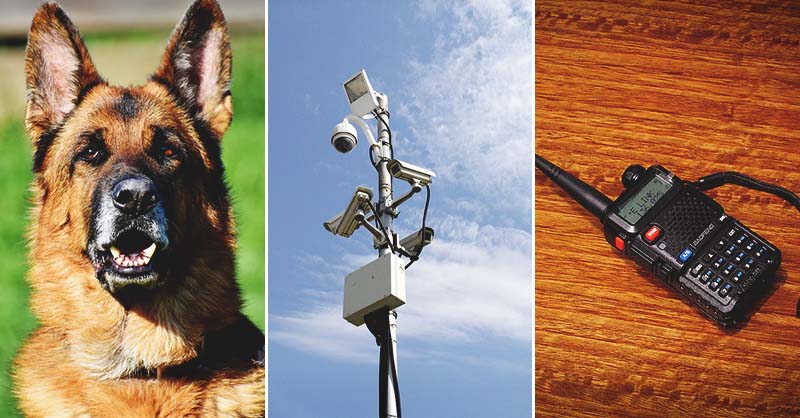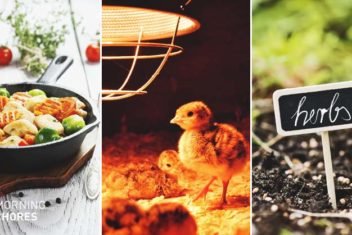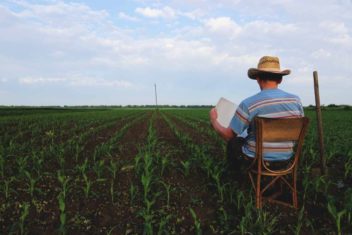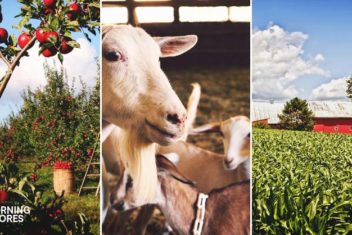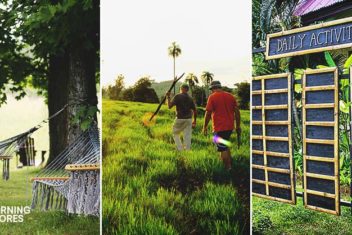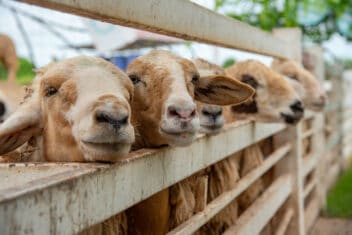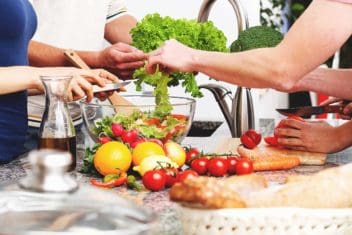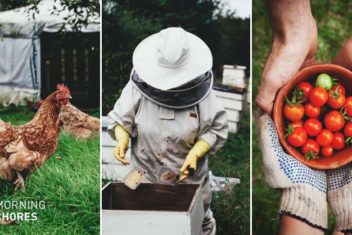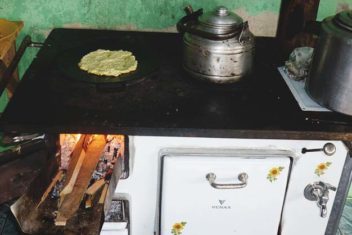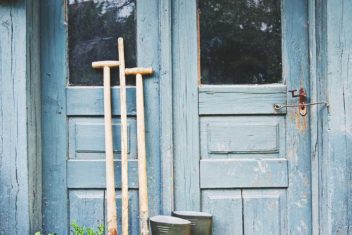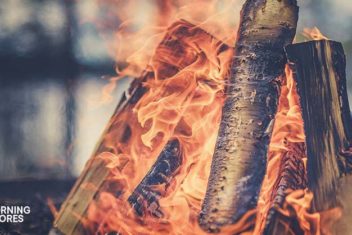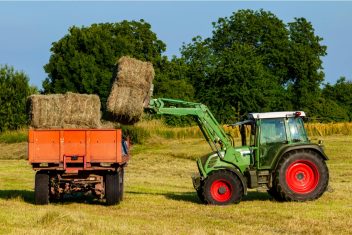Safety is a top priority for everyone. There’s a risk of injury and crime no matter where you turn.
It seems every time I get onto social media there are more warnings of people lurking around other people’s property seeming to be up to no good.
Or there are stories of random accidents people have witnessed or been a part of which normally we’d assume wouldn’t happen.
Knowing how to stay safe on your homestead is of utmost importance. You must be prepared to avoid accidents, injuries, predators, aggressive human trespassers, and tragedies such as fires. Here are a few tips on safety measures to help you and your loved ones remain secure while at home:
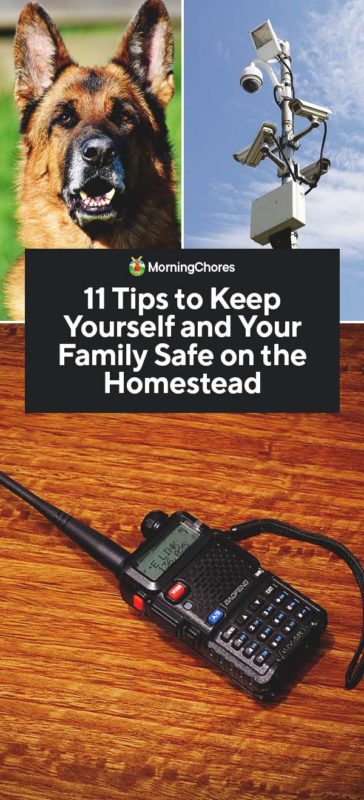
1. Get a Guard Dog
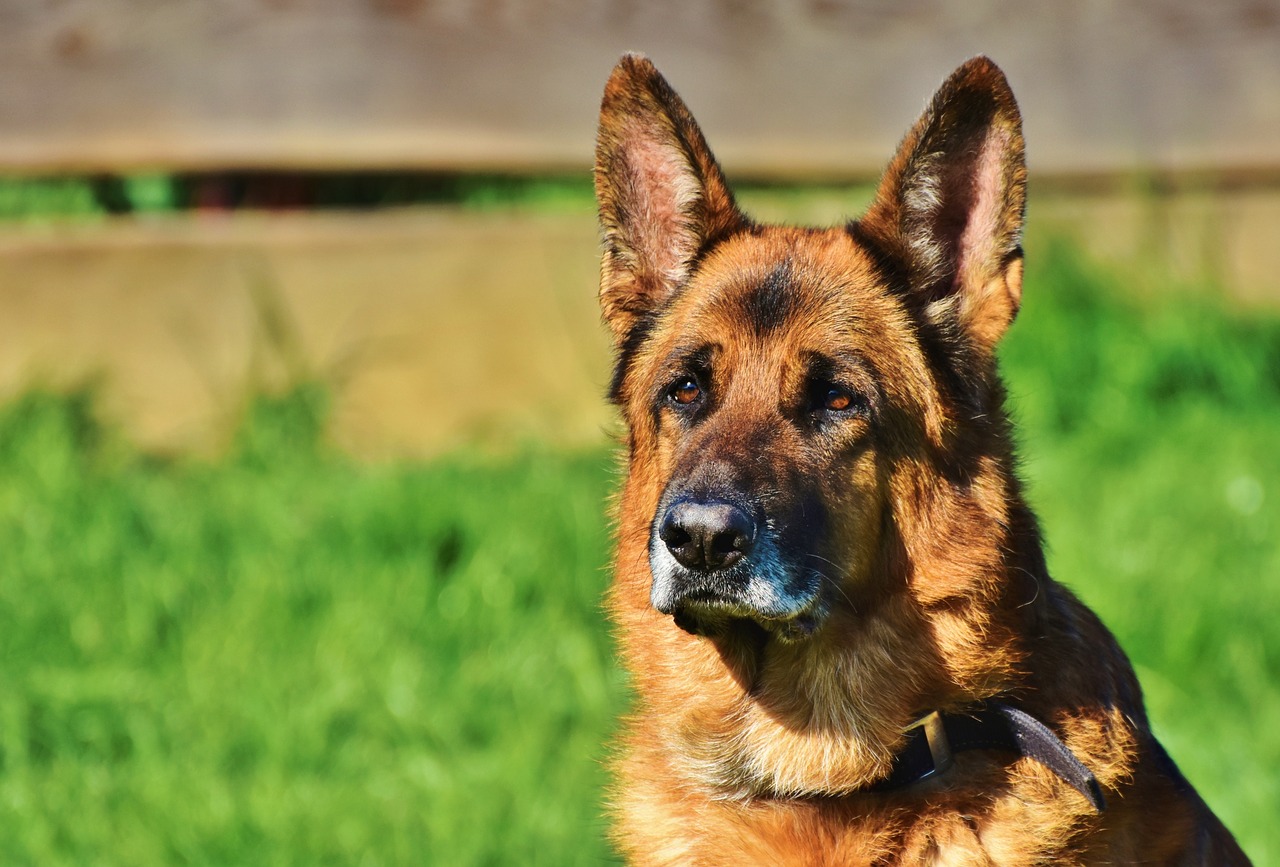
If you’re an urban farmer, you may not have as much need for a guard dog. Yet, if you live in a rural community, guard dogs are an asset.
Our dog is an indoor pet, but she’s also a guard dog. No one gets to our front steps or in our house without her either being put up or slowly introduced.
Why? Because she’s amazing with our family, but she’ll lay down her life for us in a heartbeat. I’ve only had one instance where a neighbor’s dog came into our yard inside our dog’s radial fenced area. However, the biggest mistake was that the dog came near my kids.
Our dog removed the neighbor’s dog from her area and away from the kids in a matter of seconds, and the dog hasn’t shown up again.
As for people, if you’re unfamiliar, her hair stands up, she barks, and she won’t calm down until we command her to.
Having a guard dog is a big responsibility. They’re working dogs, and they know what their job is. They should be well trained, well-contained, and you should have plenty of signage to warn anyone on your property of this dog.
However, if you live in a rural area where anyone could show up at any time, and it takes the police far too long to reach you, having a dog to protect you and your loved ones is a good move.
2. Set Up Alarm Systems
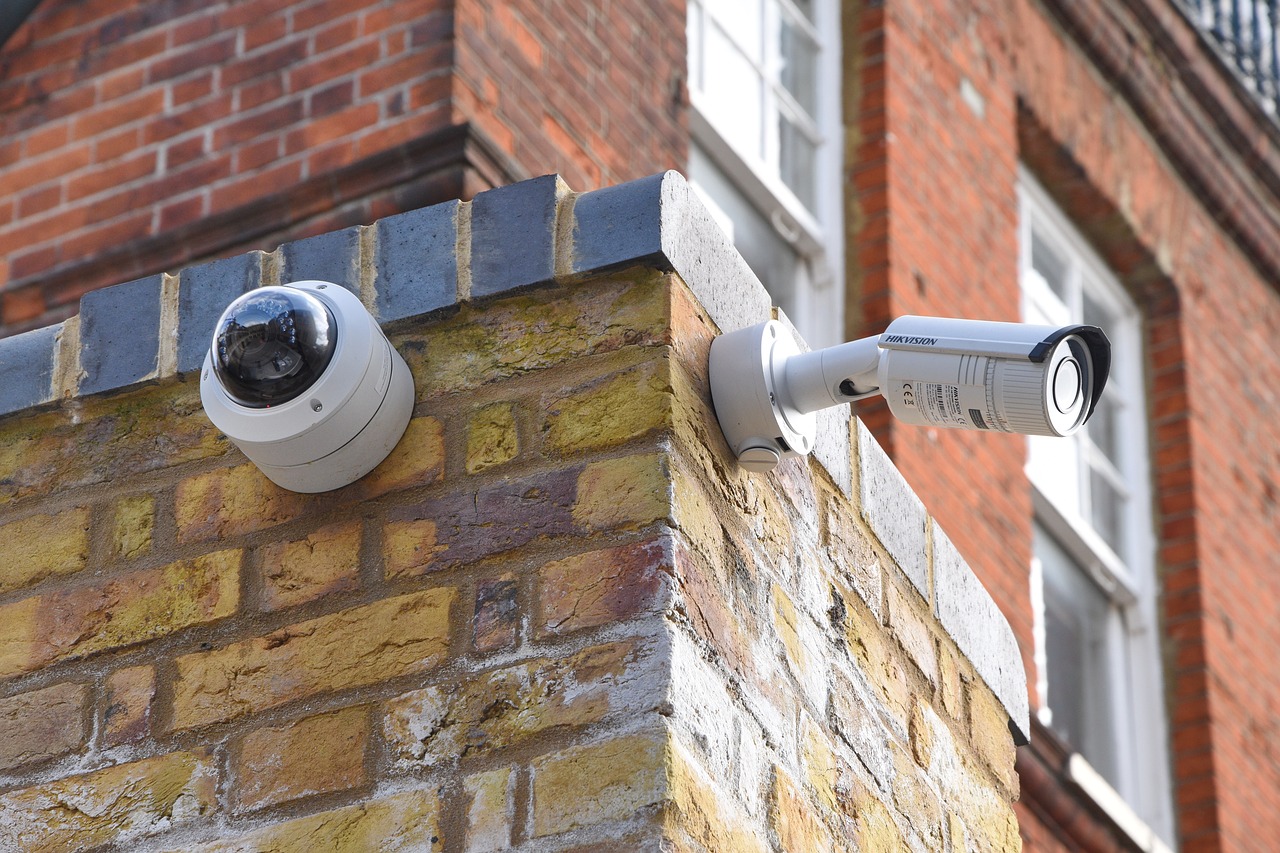
Growing up, we had an alarm system at every house we lived in. My mom worked a good deal and my sister and I were home alone frequently.
My mom wasn’t a fan of guns, and she said an alarm system wouldn’t pee on the floor, but it offered us peace of mind.
As I’ve grown older, we haven’t had alarm systems in our homes because I didn’t deem it necessary.
My husband works for a large company that installs commercial security systems. Since he’s gotten into the trade, he decided our new homestead needed one.
Now, we have a security system that monitors our home 24/7 for fire, burglary, and carbon monoxide. It also allows us to check in on our homestead via our cellphones when we aren’t at home.
If some random person shows up to my door while I’m gone, I’ll know it. Though this isn’t our only line of defense because we do live outside of city limits, it’s helpful to know if we’re in trouble, someone knows about it and is on the way to help.
3. Install Surveillance Cameras
Cameras are another asset to homestead security.
Sadly, many people will come on your land and disrespect your property without considering you in the slightest. People will steal from you, use your land, and do anything which crosses their minds. Don’t be a victim. Instead, put up cameras.
Trail cameras are a great investment because this will help you spot human and animal predators.
It’ll keep your loved ones safe, but if you start having animals go missing, you’ll know what is taking them.
This will add an extra line of defense for everyone residing on your homestead.
4. Make Your Property Difficult to Access
When you move to a homestead, one of the first things on your list should be a perimeter fence. They’re expensive and quite a task to put up.
Yet, they can keep your animals on your property even if they escape their designated spaces. It can also make your home less of a target to be burglarized.
Sadly, if you live far away from others, people will assume your home is a great place to rob. The reason being, they can carry items out of your home unnoticed.
By adding a perimeter fence, you’re making it difficult for people to enter your property in any way besides the main entrance.
Combine this with other homestead safety measures, and you’re making your house less of a target.
5. Build a Gate (with Automation Systems)
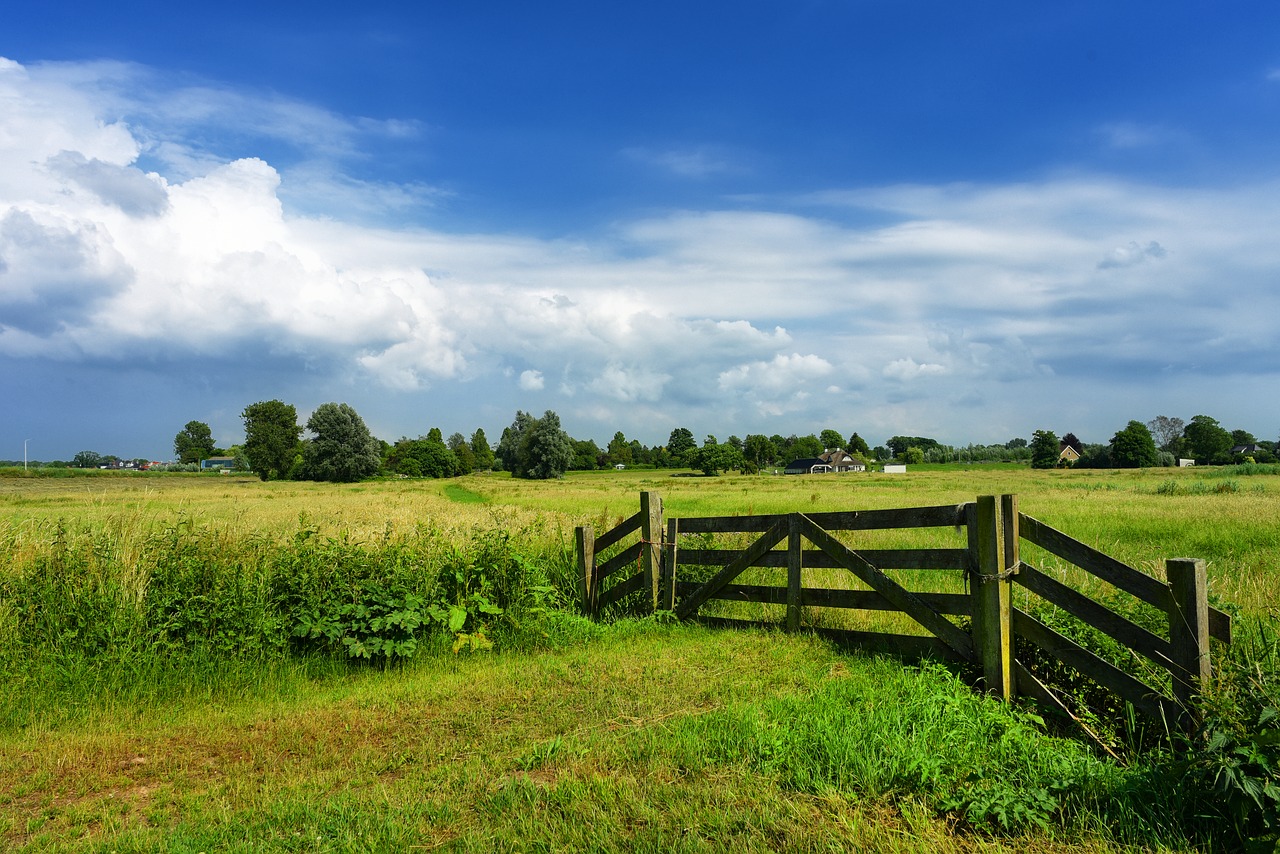
A gate at your driveway is a necessity if you live off the road. We’re working on our gate as we speak. You can build your own gate and even add an automatic opener.
When you pull up, push a button and the gate opens for you. There are keypads you can add at the gate to allow frequent visitors access.
Plus, you can add the doorbell and intercom systems which allow you to buzz people in and speak to whoever wishes to enter your property before they ever make it to your front door.
If you block your driveway and have a perimeter fence, it will make life difficult for those who wish to be on your property uninvited.
6. Have a Self-Defense Weapon
I’ve been working up to this one because many people feel differently about weapons. Here are my two cents. If you’re comfortable handling a weapon, keep your weapon of choice on hand.
When you’re walking your property, this weapon could be what keeps you safe if you run into an unwelcome person on your land.
If you’re skinning an animal to stock your freezer and a predator smells what you have, this could be what keeps you from being mauled.
Lastly, if you’re home and someone wants into your house, this weapon could be what keeps you alive while you wait on authorities to arrive.
However, it’s vital you be comfortable and familiar with your weapon of choice and be sure to follow all laws in your area regarding the weapon you choose to defend yourself and your home.
7. Keep Tabs
When you’re comfortable on your property, it’s easy to go outdoors and not let others know what you’re doing or where you’re going.
This isn’t a good idea. If no one realizes you’re gone, how will they know if you’re in trouble?
If you live alone, consider calling a friend, letting them know where you’re headed, and give them a time frame of when you’ll check in with them.
This way, if you don’t check-in, they’ll know something has happened.
I ask my husband regularly to notify me when he heads to the backside of our property. It’s heavily wooded and if I assume he’s working out in the barn, but he’s actually hiking the wooded part of our property, I wouldn’t know to be alert to any signs he may be in trouble.
This may sound like a lack of freedom, but it’s good safety measures which could help you avoid being harmed and left to survive on your own.
8. Don’t Go Alone
When we do projects around our property, we work as a team. This isn’t only because many hands make light work.
It’s also because if we’re working as a team, no one will have an accident and be hurt without the rest of us being aware.
Again, any time my husband does anything around our property, if I can’t go, I send our boys to help but also to be an extra set of eyes.
If you have partners to do the homestead life with, utilize this partnership. You’ll grow closer and stay safe while building relationships.
9. Have Walkie Talkies
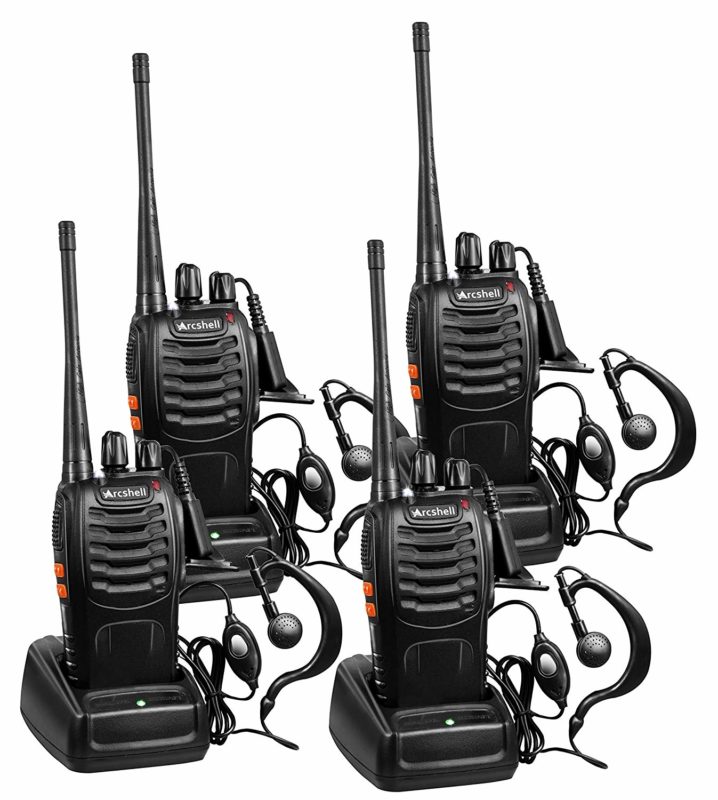
I work from home, homeschool my children, and spend a great deal more time at home than my husband does.
There are days I must do projects when he isn’t here to help. Though he knows our boys will be with me, he still asks for me to check in with him.
If you must do a project alone or if your team must split up to knock out multiple projects, put apps on your cellphone where you can two-way to let each person in your team know you’re okay. We use Voxer to check-in with each other throughout the day.
Having a set of walkie-talkies on hand that can easily be slipped into a pocket on the way out could also be part of good safety measures. However if you have a sizeable property with many people coming and going, definitely consider getting a CB radio.
When people get injured on a homestead, sadly, they aren’t usually small injuries. We work with large animals, large equipment, and raw land.
This can equate to large troubles. Therefore, making sure others are in the loop is vital to your survival if the worst-case scenarios were to happen.
10. Equipment is No Joke
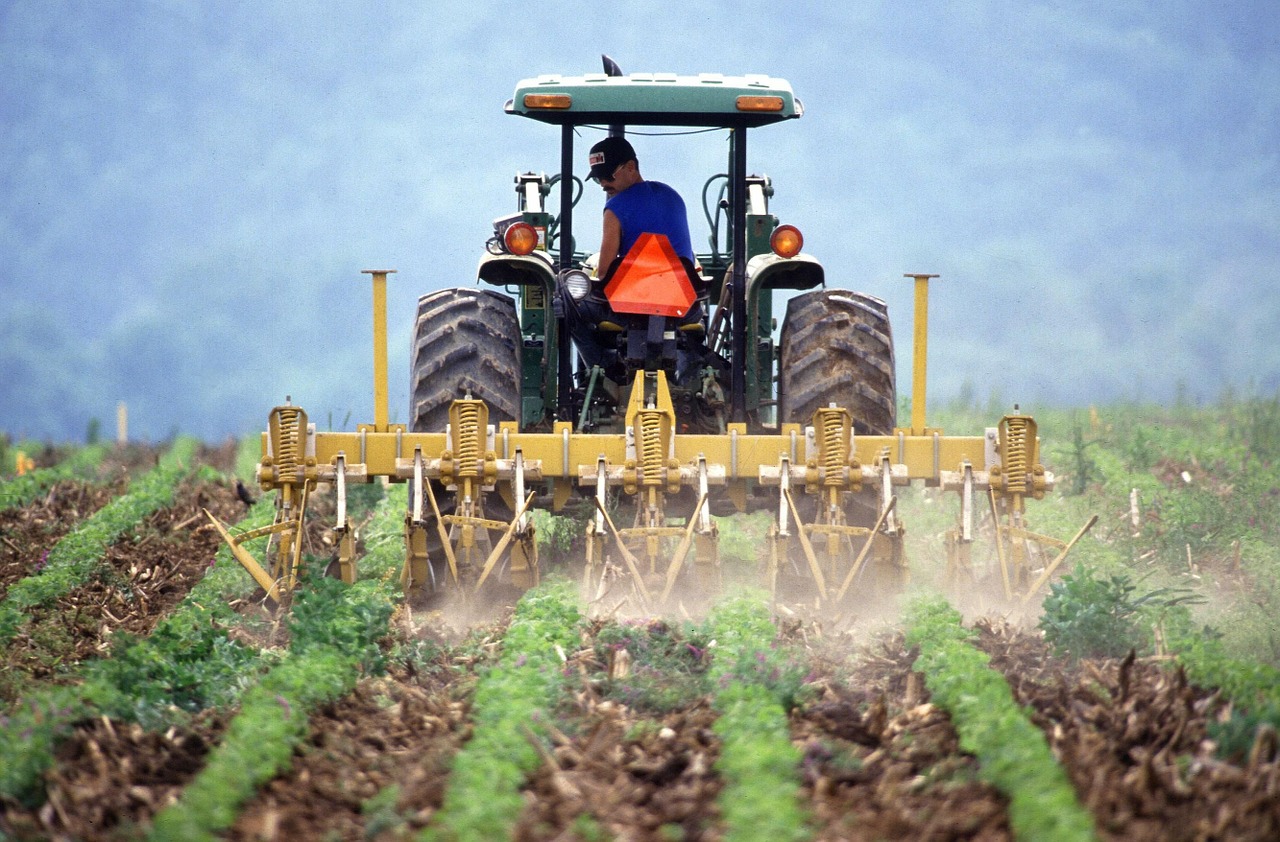
As I mentioned, when working on a homestead, you’re going to use large, sharp, and powerful machinery.
If your operation is big enough, it’s almost a requirement. Therefore, make sure you know how to use each piece of equipment properly and don’t take short cuts on safety measures.
When using a saw, make sure you keep your hands out of the way. Use wooden handles to push the wood through the saw if your hands must get close to the blade.
When using a tractor, be sure to utilize all the safety measures installed on your equipment. This could be using a roll bar, seat belt, keeping the weight on your tractor equally distributed, and bush hogging in the proper direction to keep the tractor from flipping.
Obviously, there’s plenty more equipment you’ll encounter around your homestead. Wear eye gear if required, read the safety manuals, and above all else, use common sense… No shortcut is worth getting hurt.
11. Develop an Escape Plan
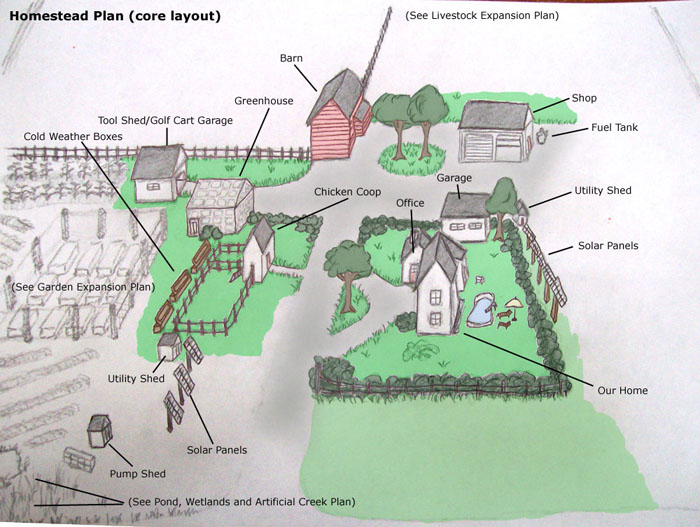
Our last tip on safety measures is making sure you’re prepared when nature strikes. If you live in an area prone to tornadoes, make sure your family knows what to do.
A house or barn fire can happen anywhere. Make sure you take necessary precautions to keep everyone safe such as installing smoke alarms and keep fire extinguishers on hand, but also have an evacuation plan in place.
There are areas prime for homesteading which have a fire season. Make sure you cut down all the trees around your home to protect it. Consider installing metal siding to your home to make it more fire-resistant.
Be sure to know how to evacuate yourself and your animals if need be during the fire season.
You should have the same type of plans and take similar preventative measures for whatever the greatest risk is for living in your area while homesteading.
Print a map of your homestead and mark these plans and areas where to run to, and stick this map up in the house. Visitors and family alike will then be visually informed about the safe areas where they should go.
These safety tips may make you consider other areas that might require safety measures around your homestead.
Every homestead is different, and this is meant more for a general overview to get your wheels turning. This should help you hone in on your areas of danger and hopefully encourage you to increase the safety measures around your homestead.
Homesteading isn’t easy, but if we have safety measures in place, we can all feel more secure while living out our dream.
